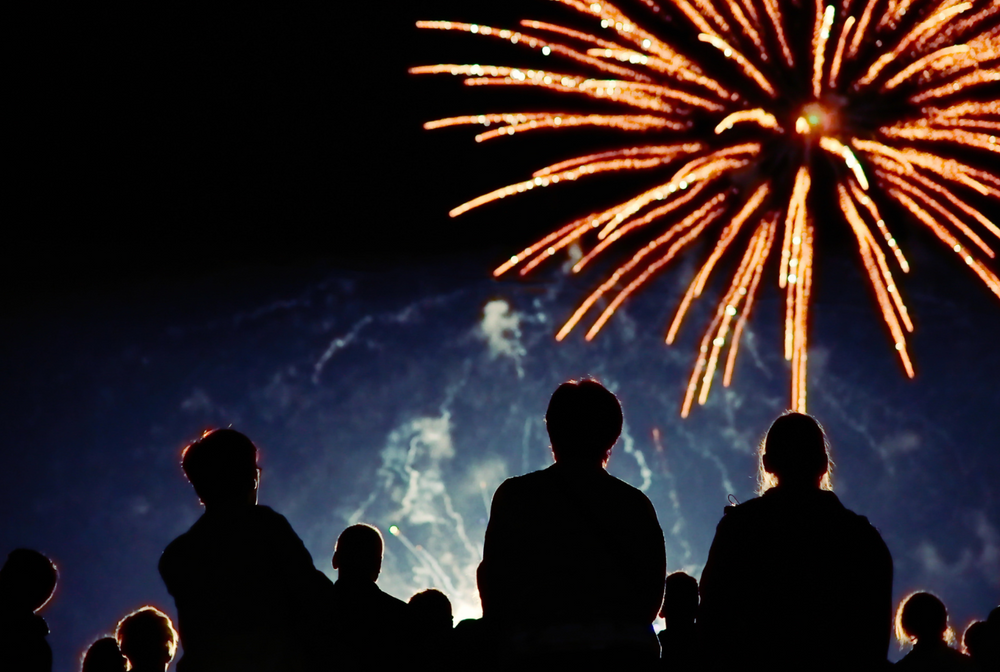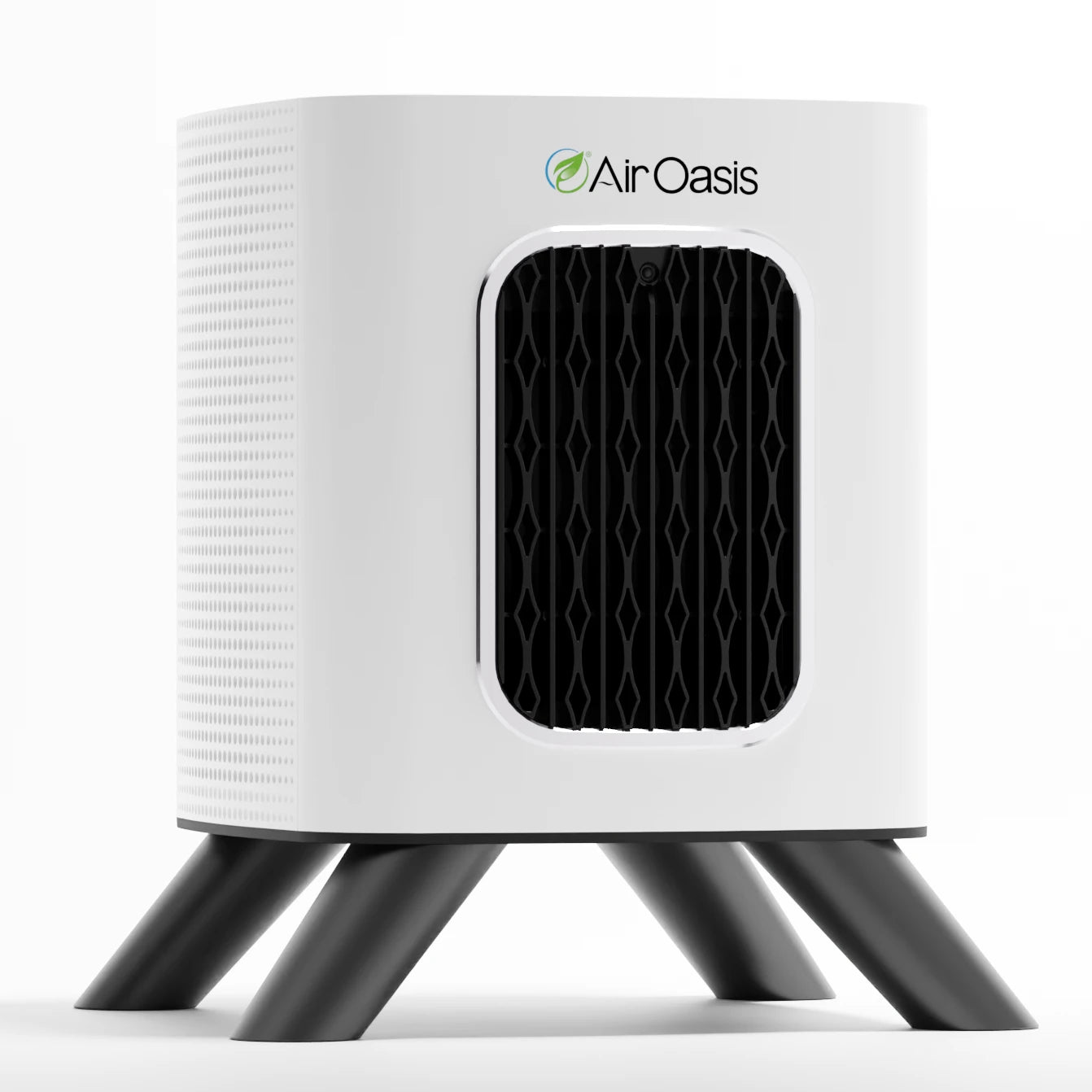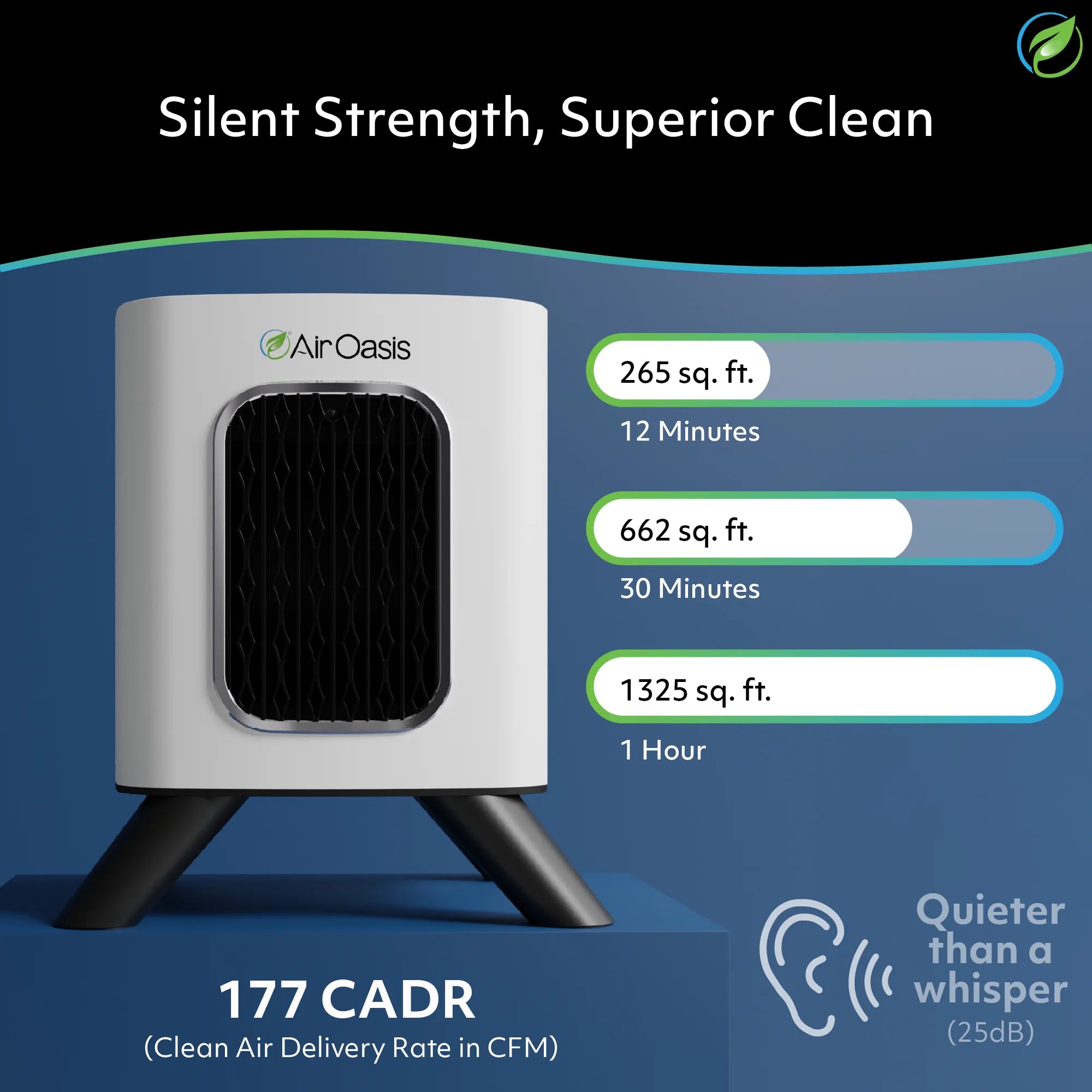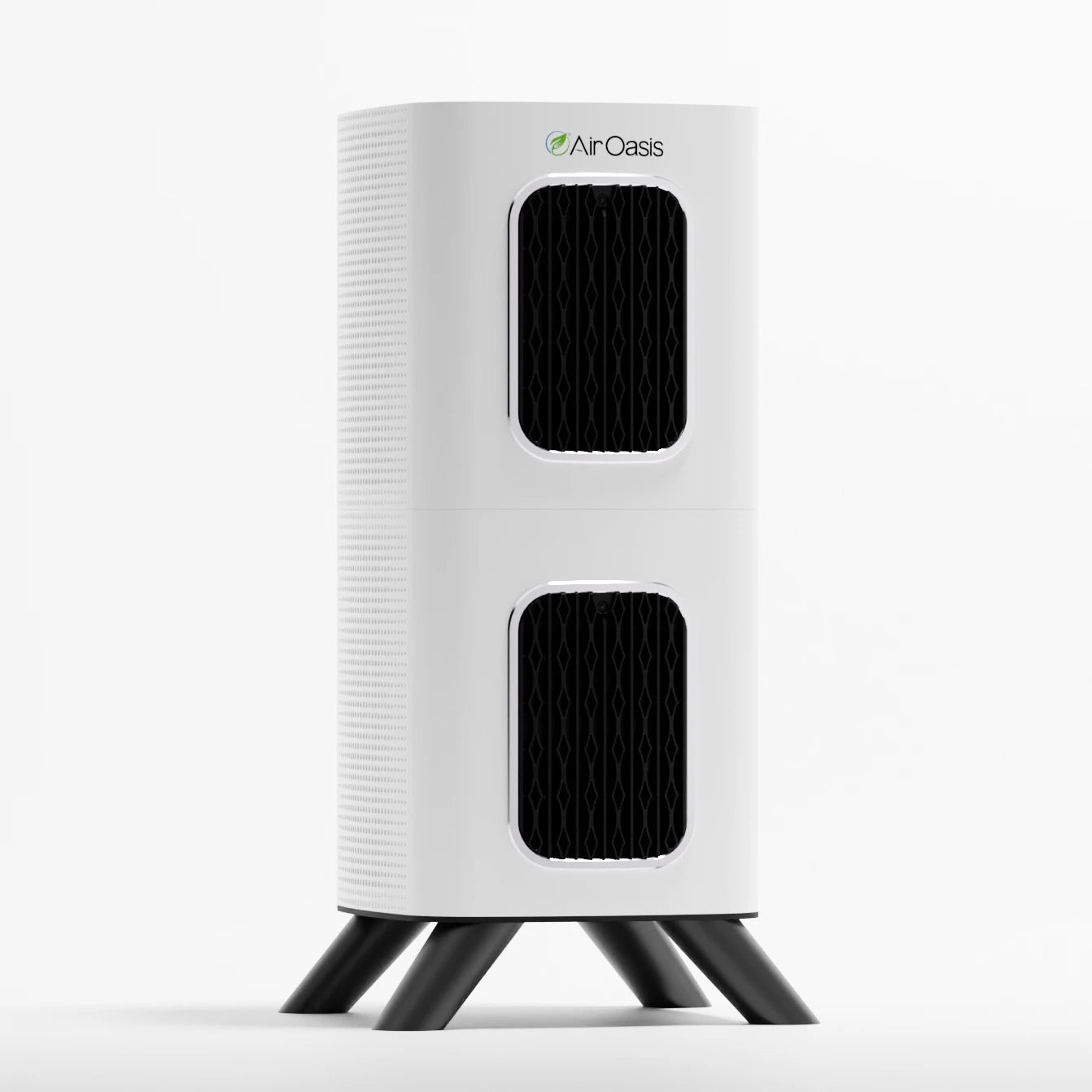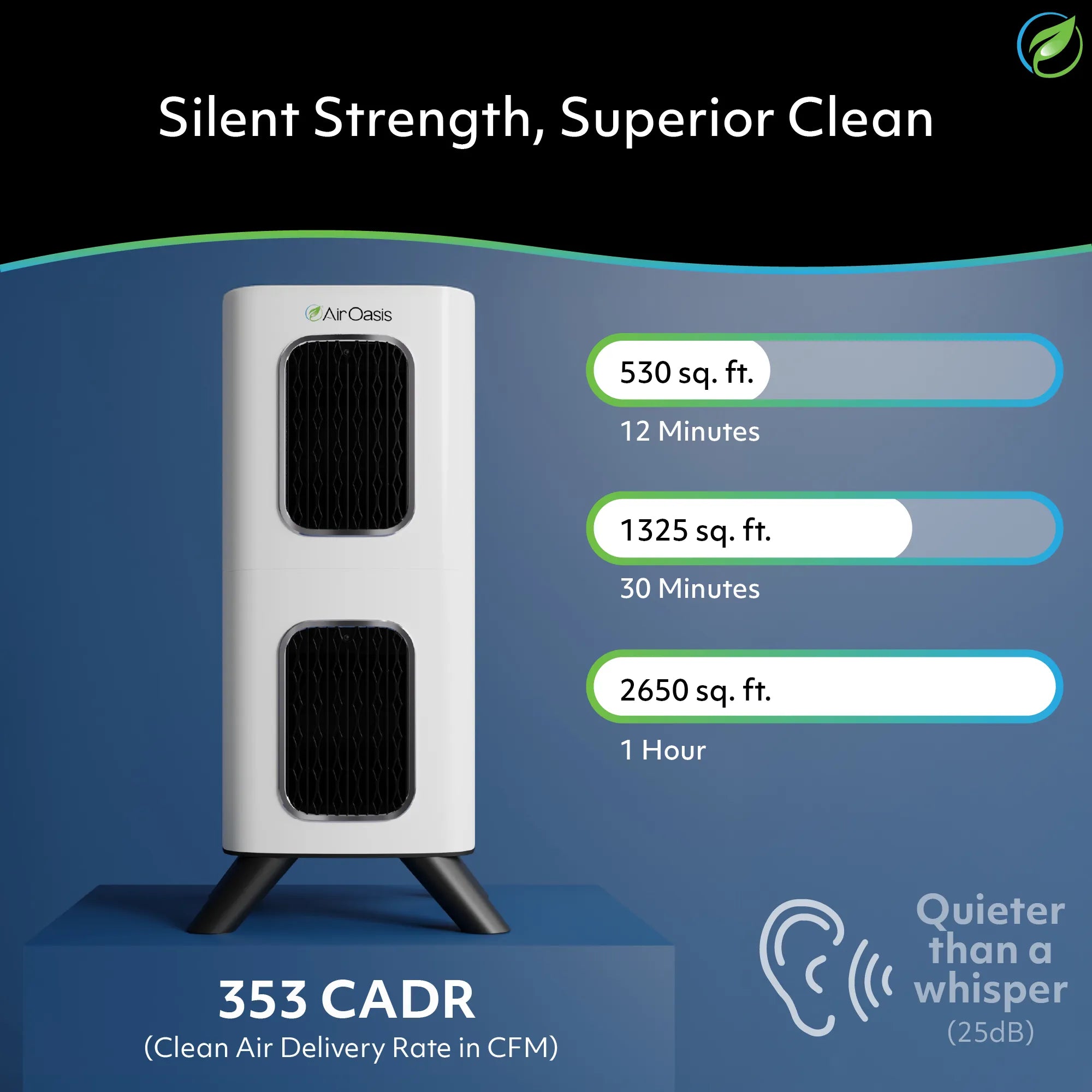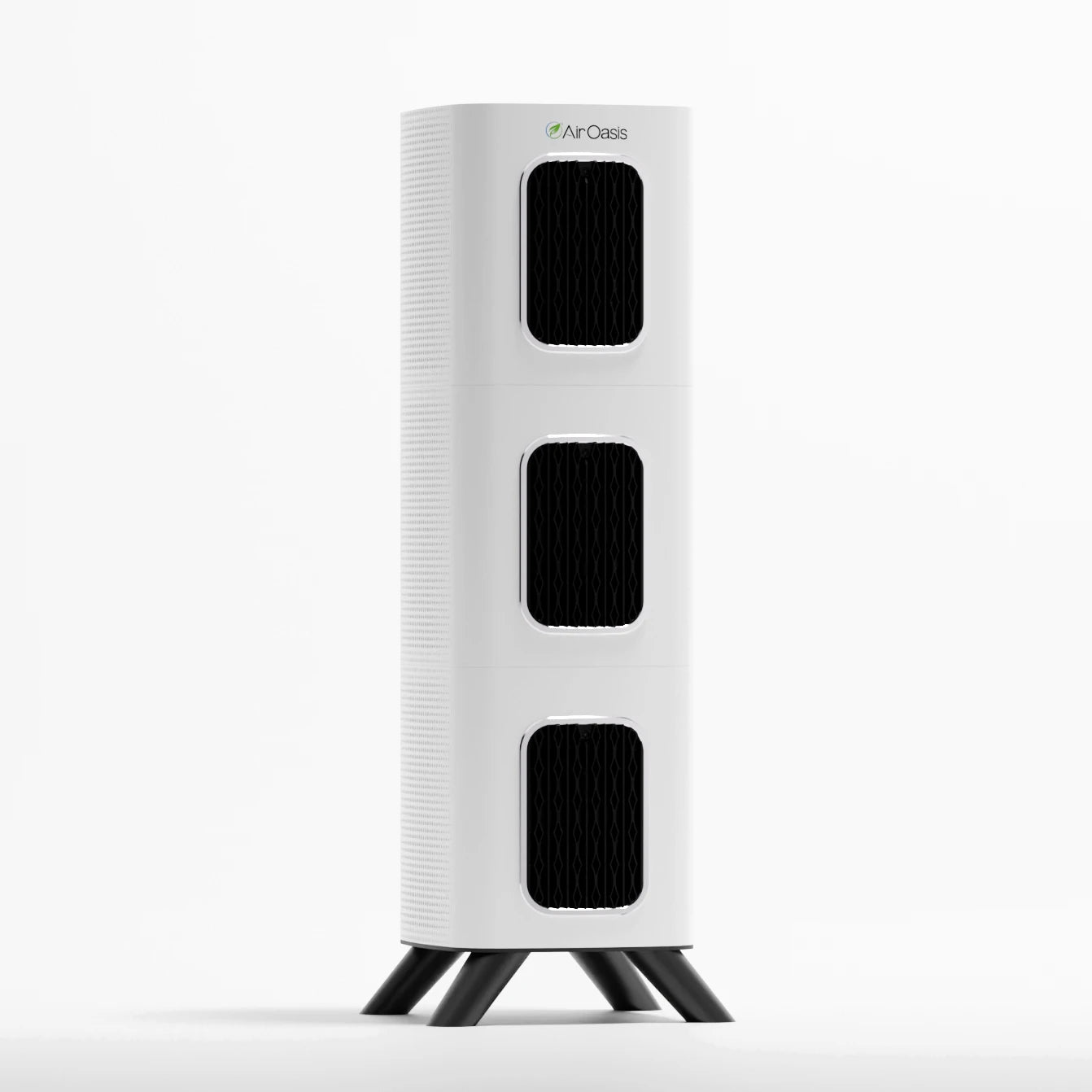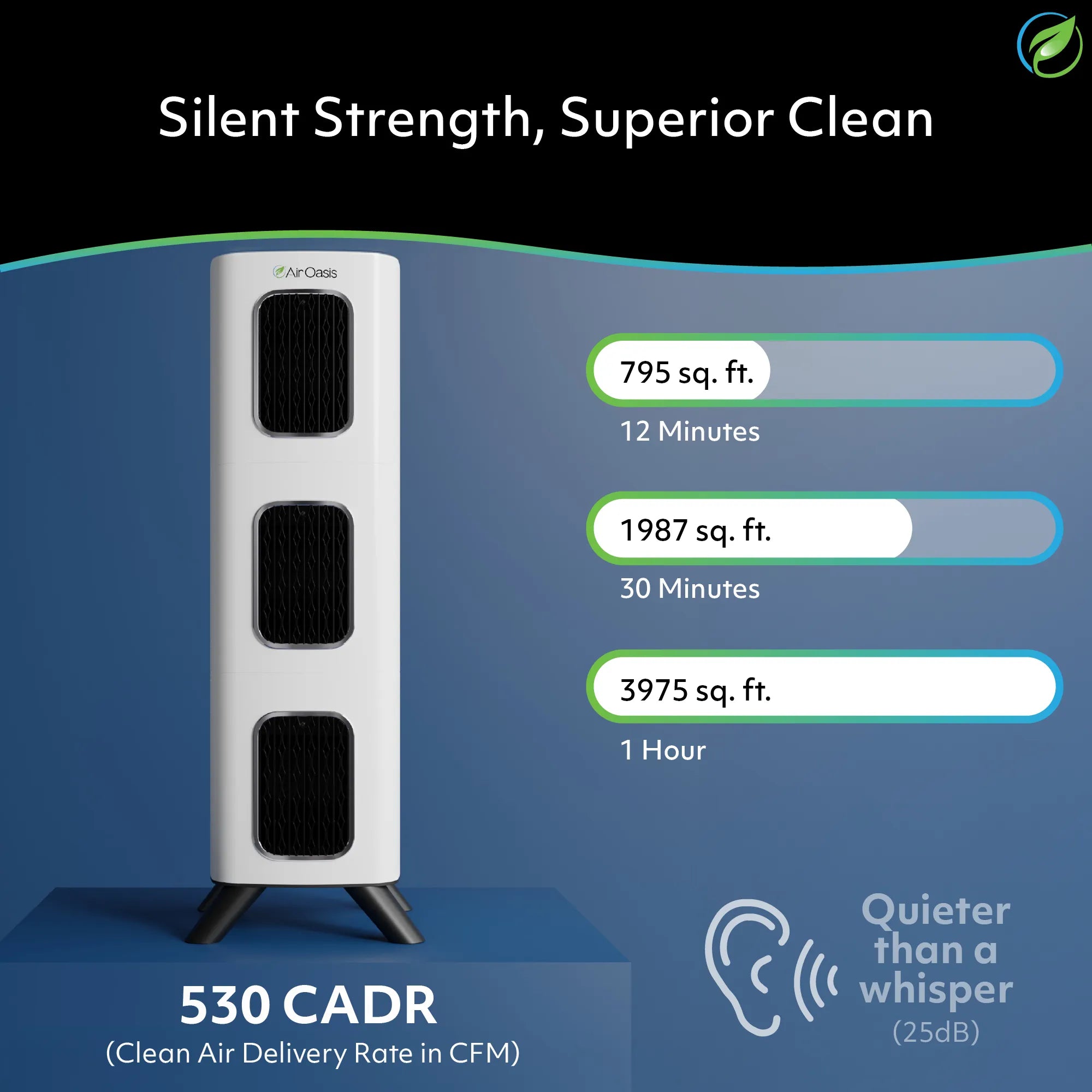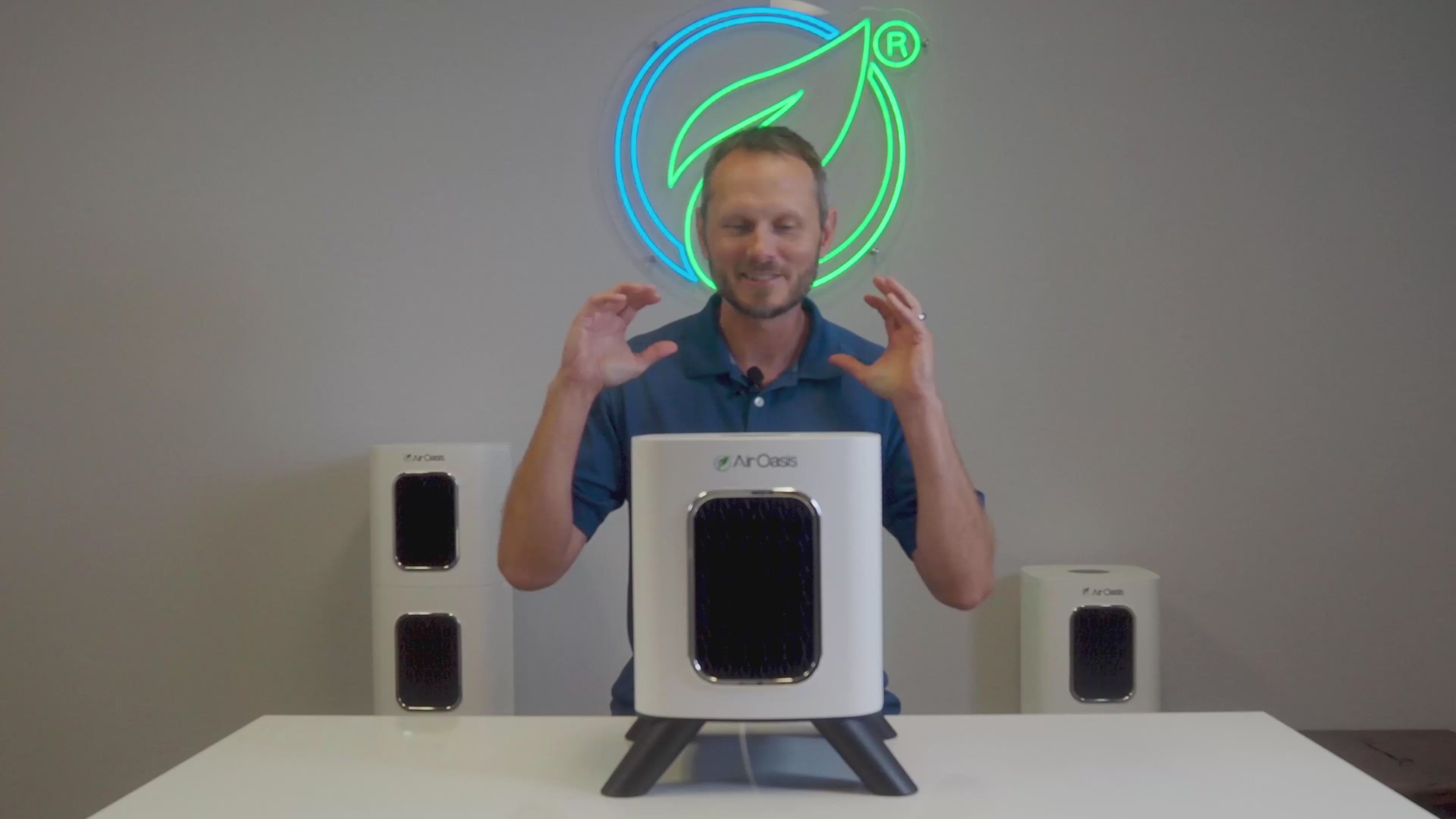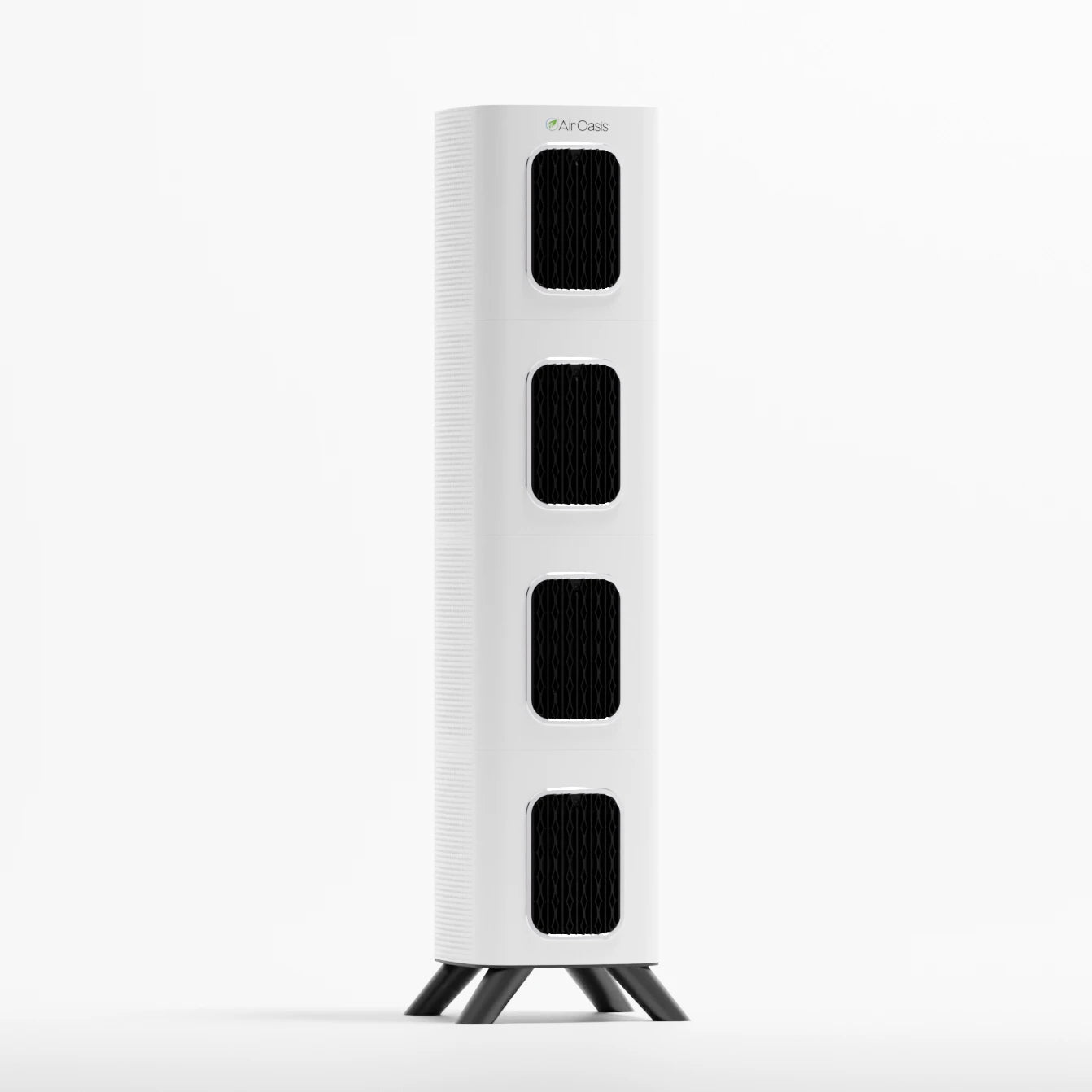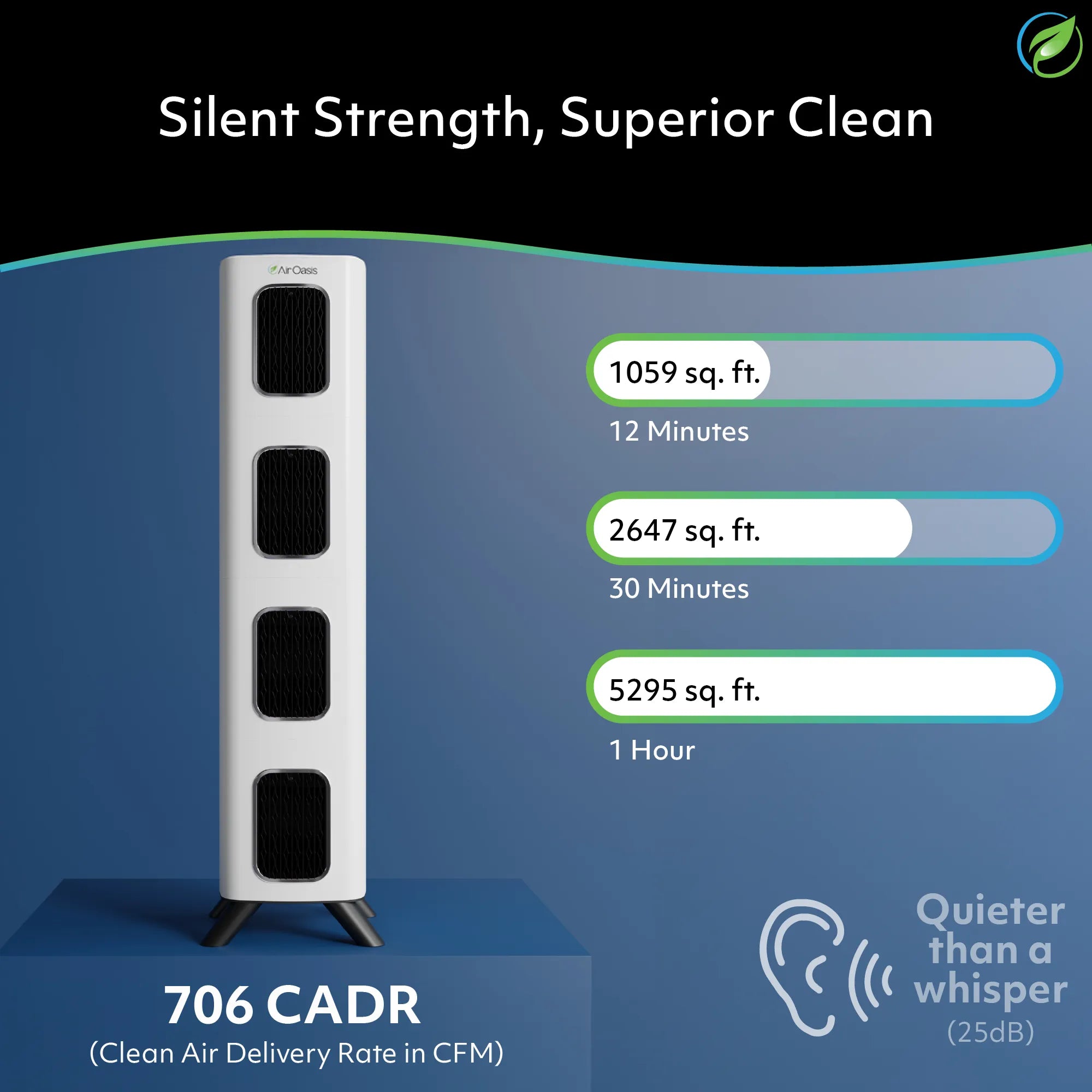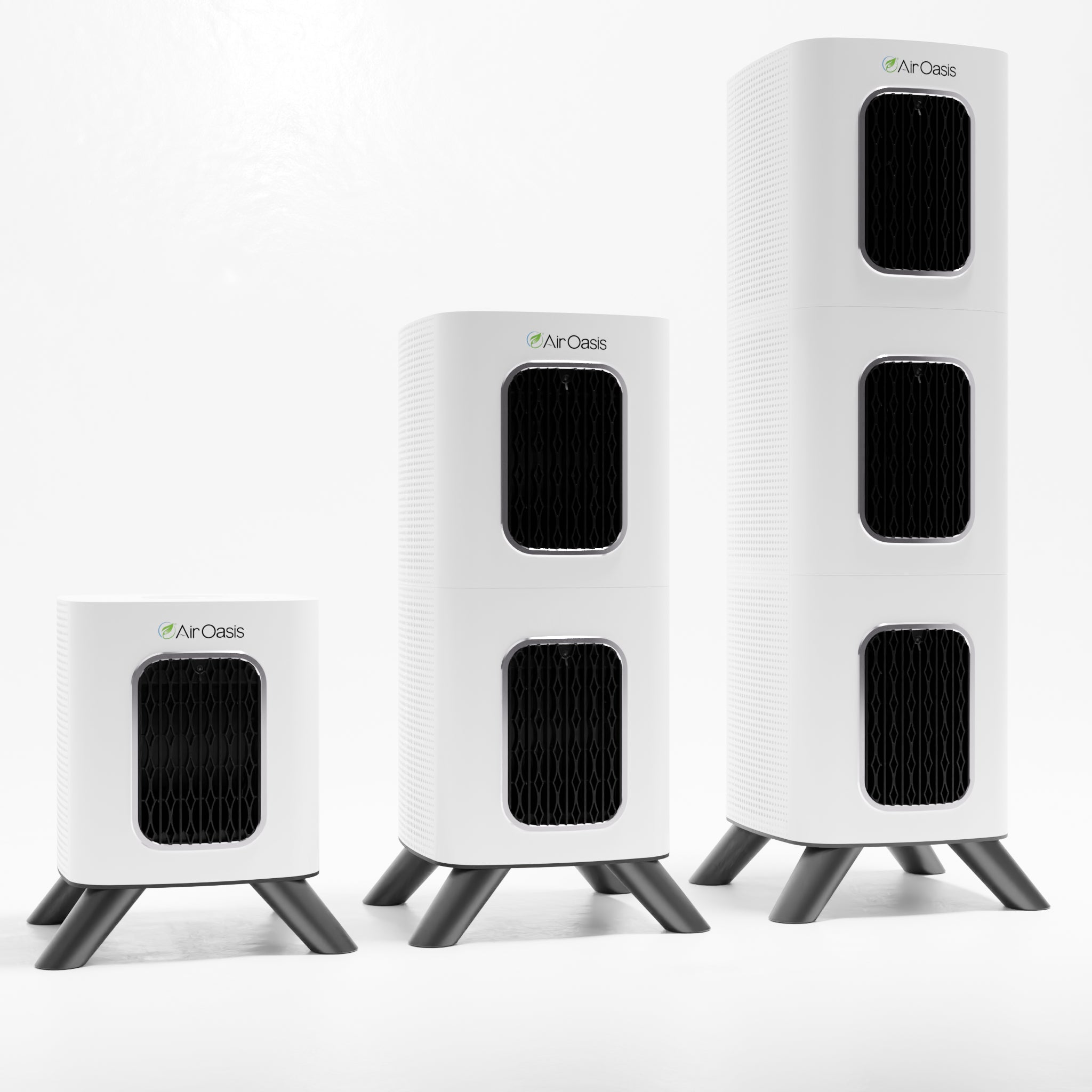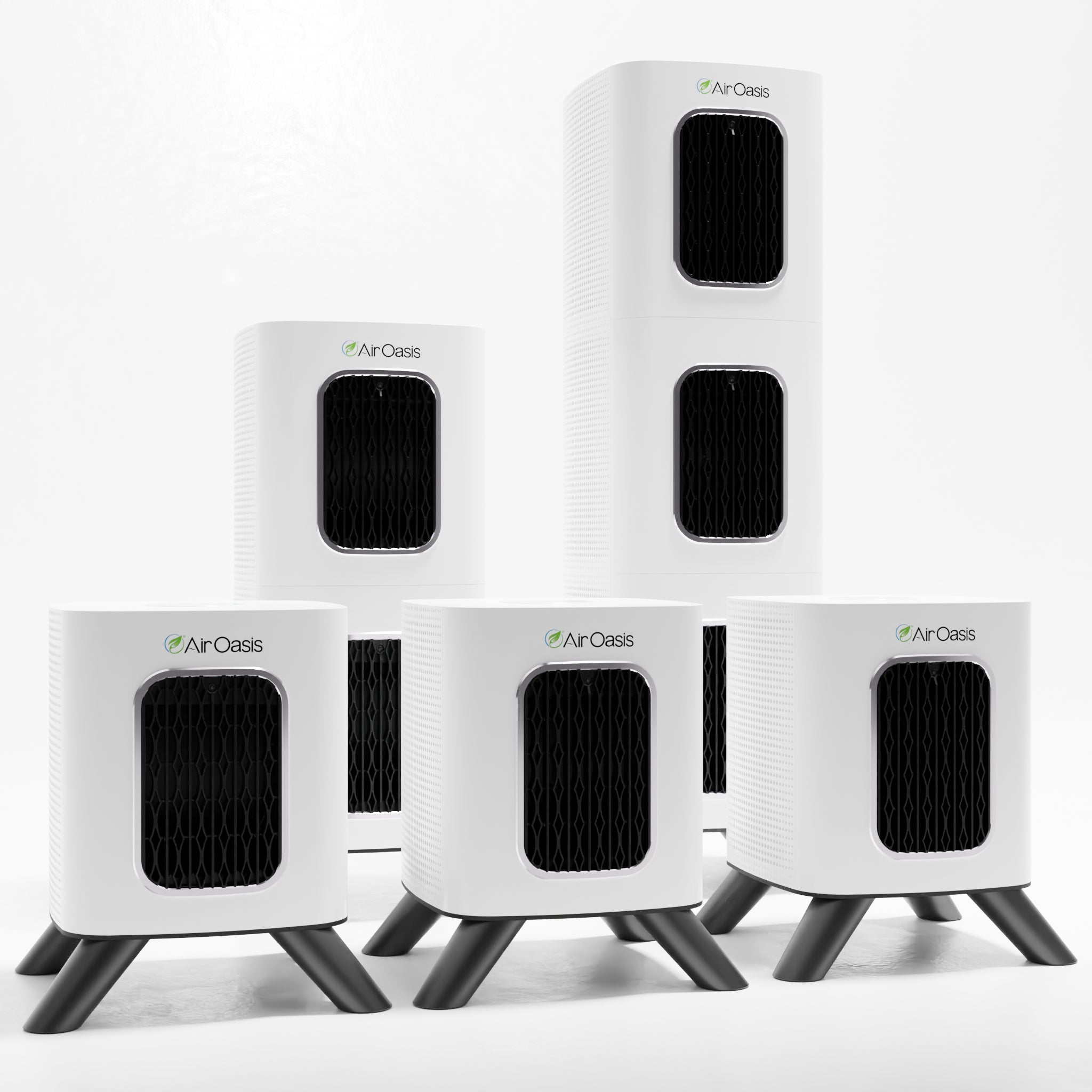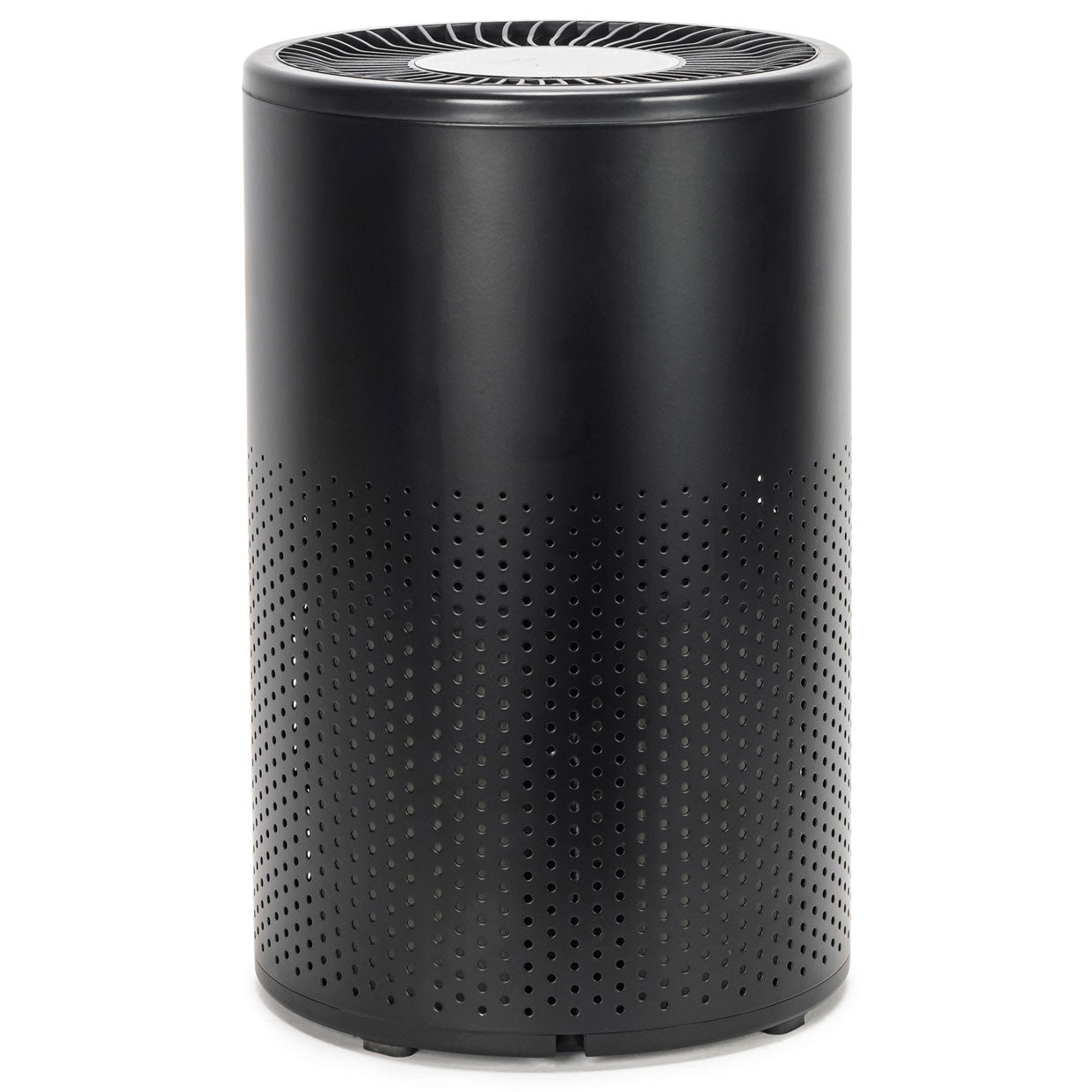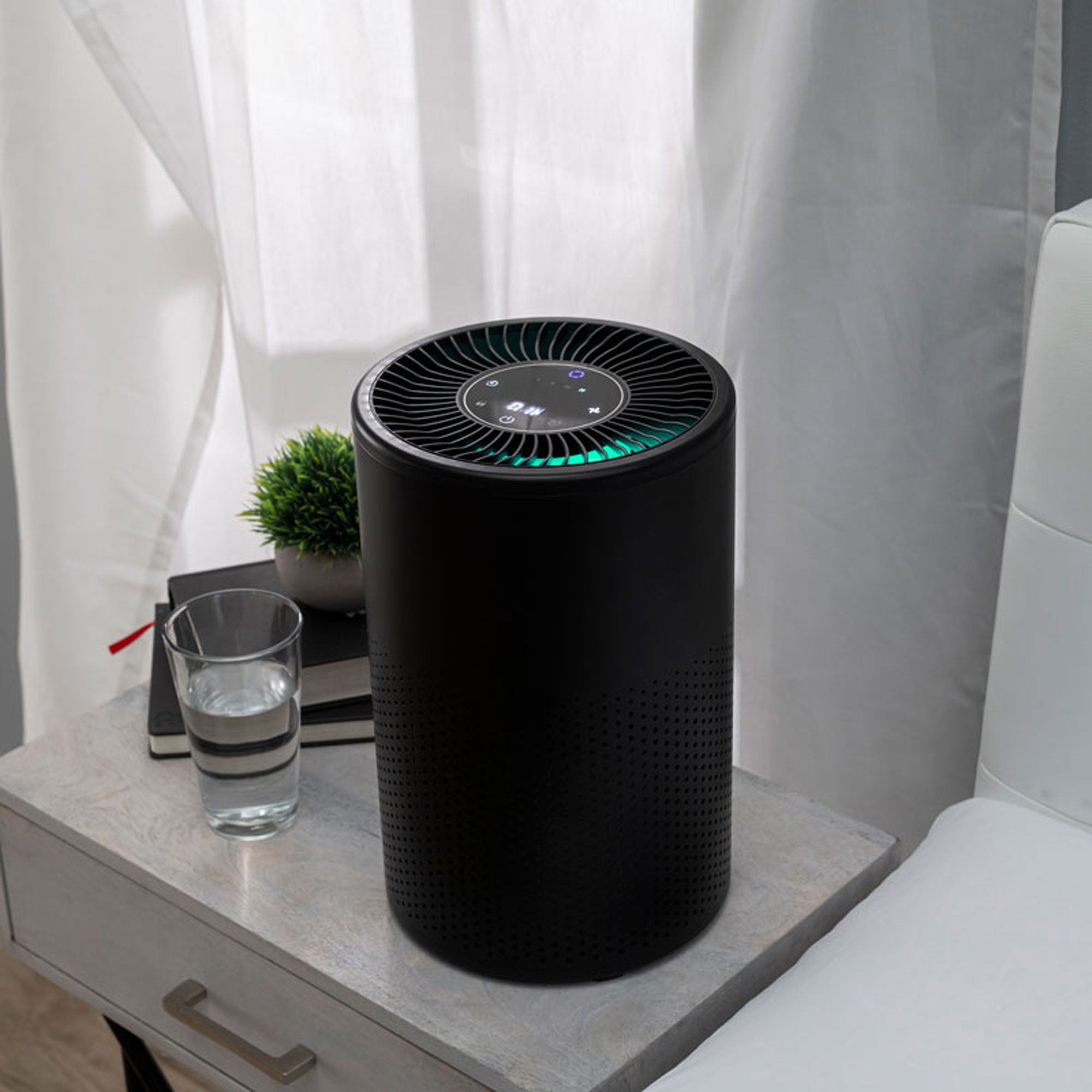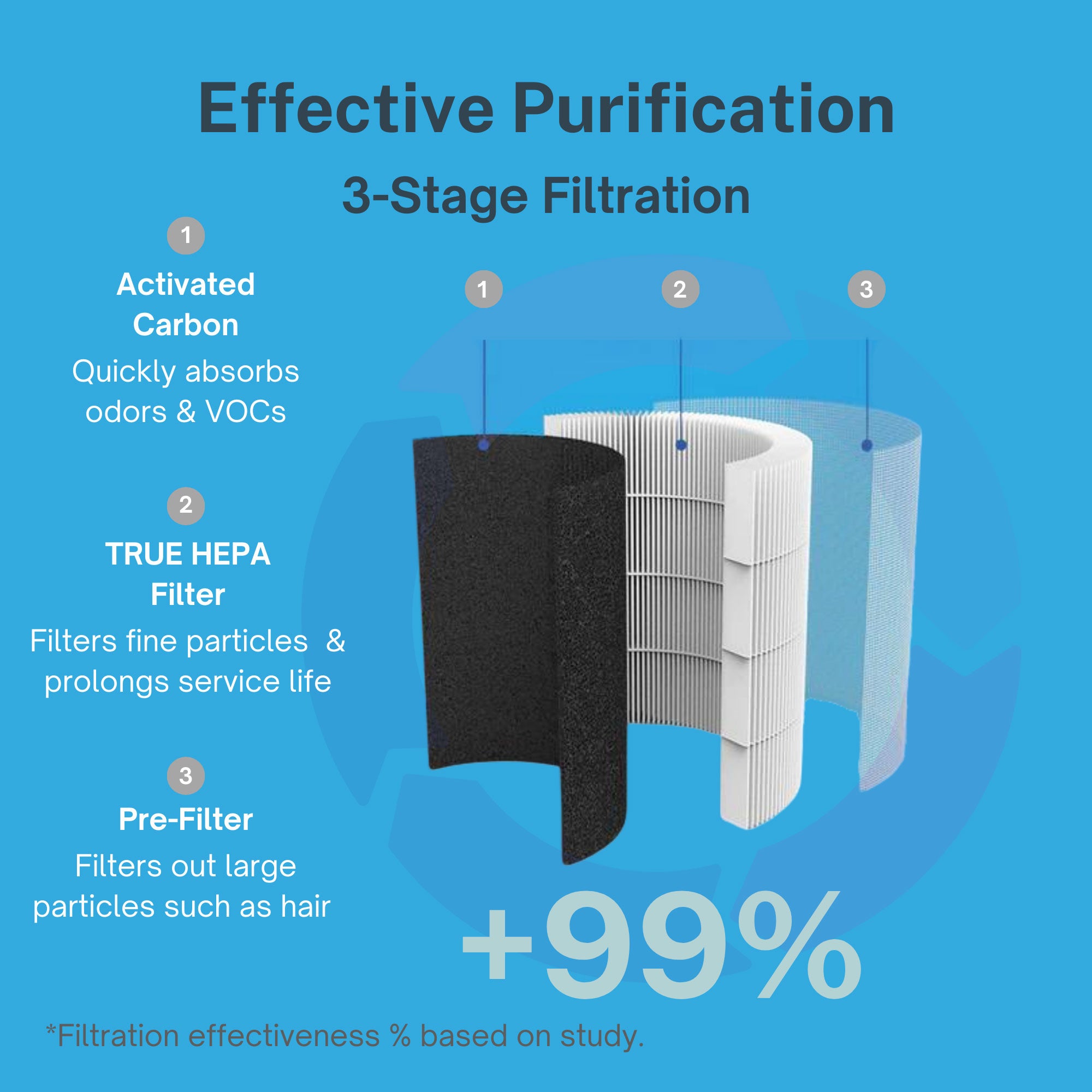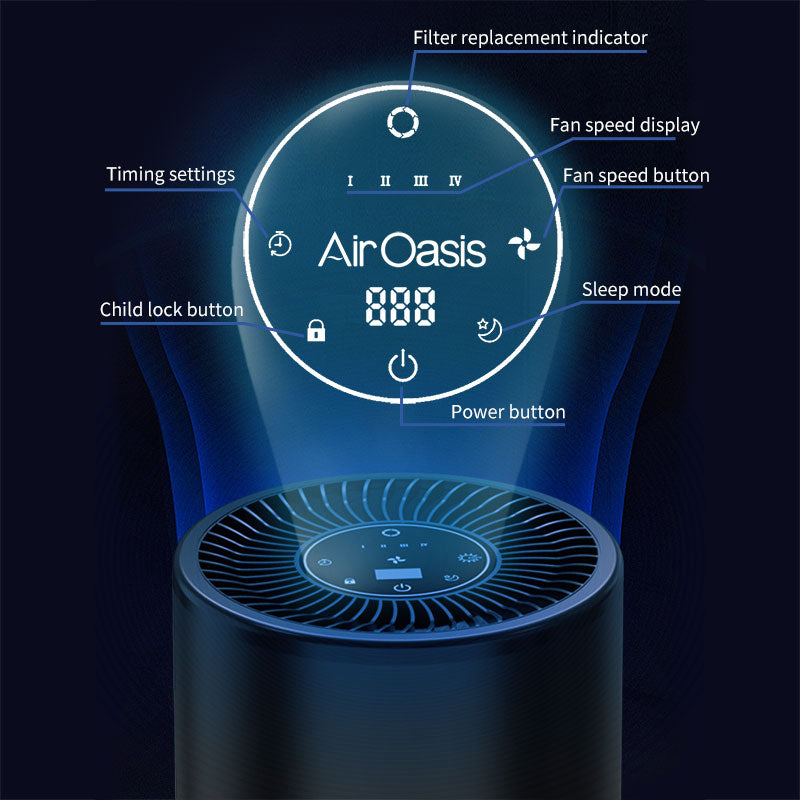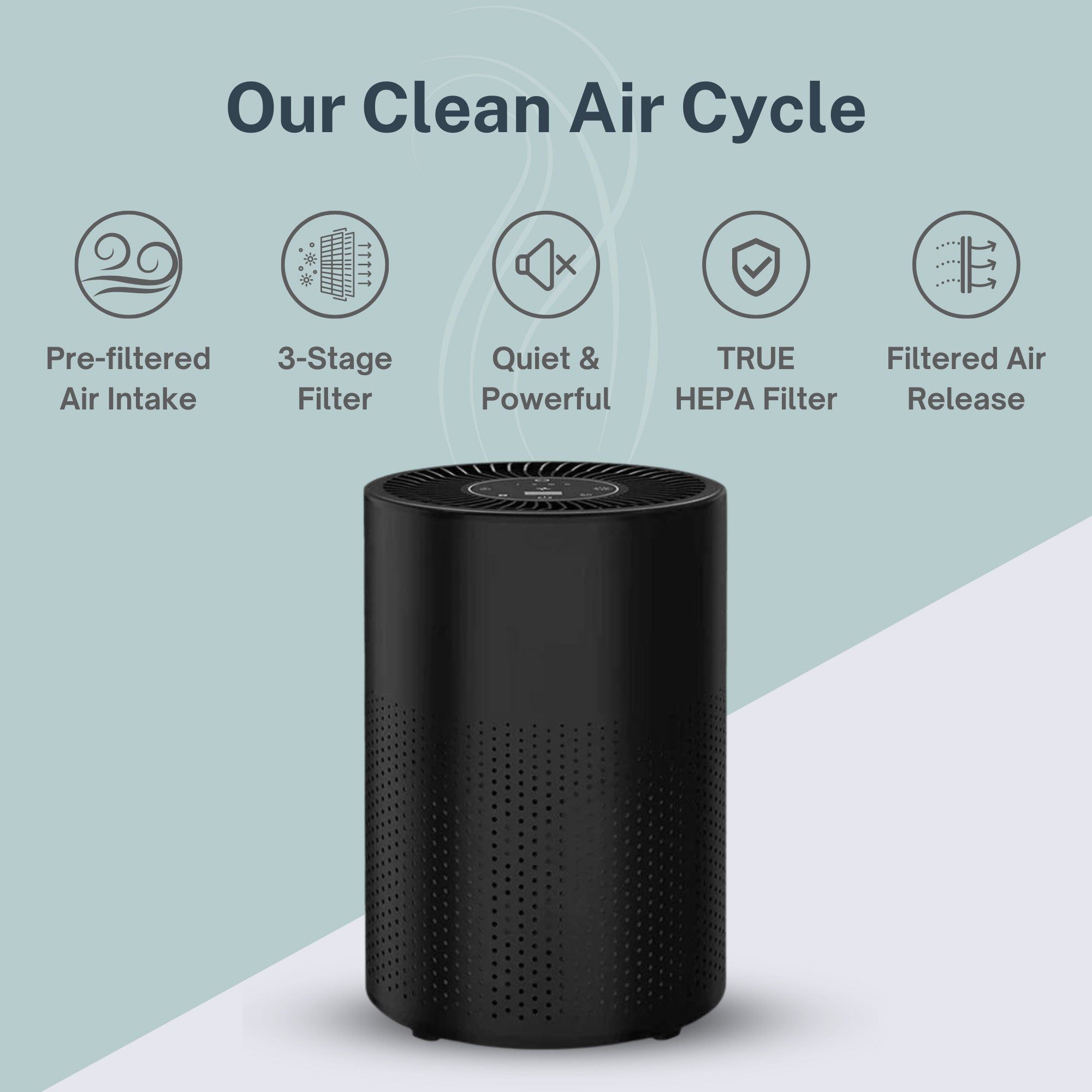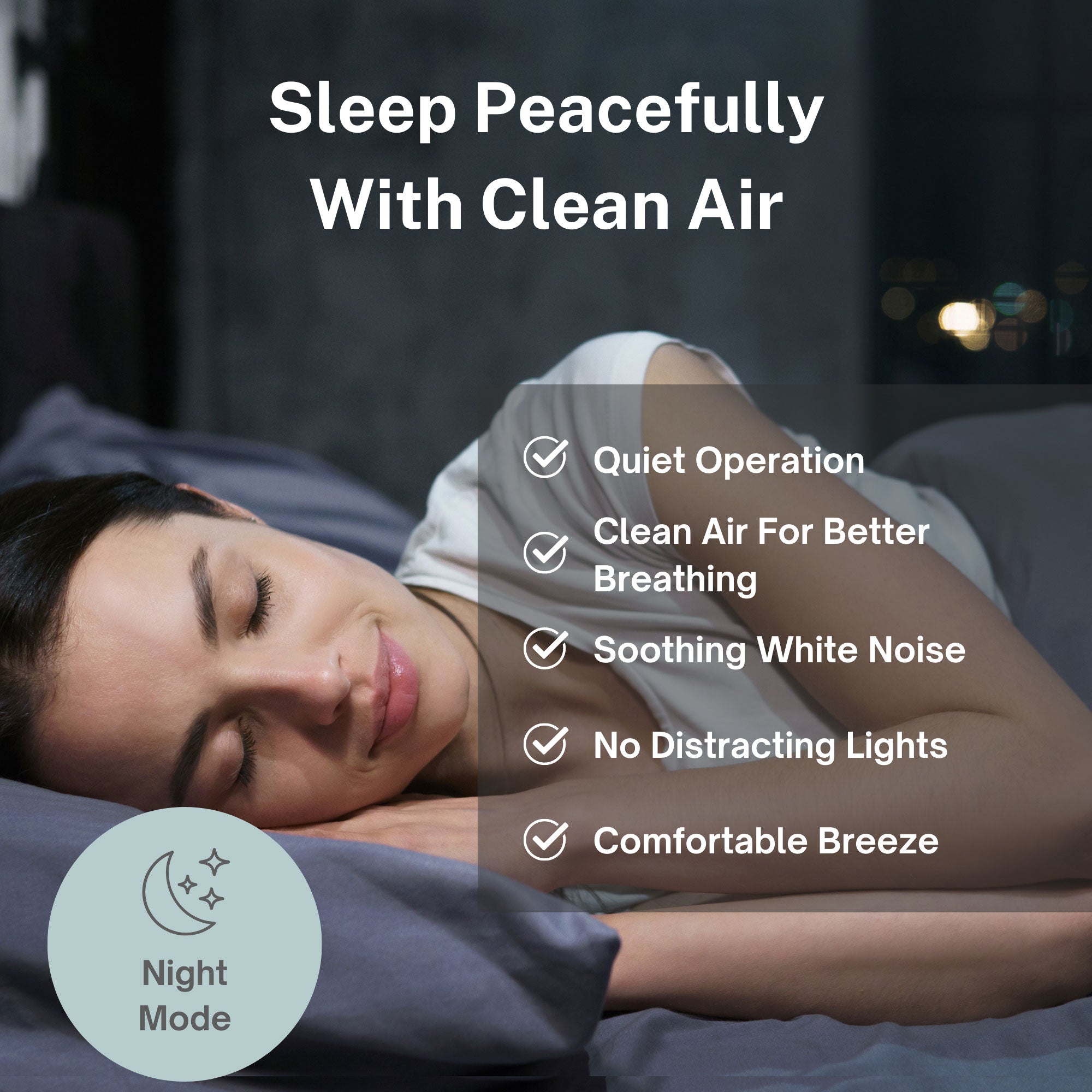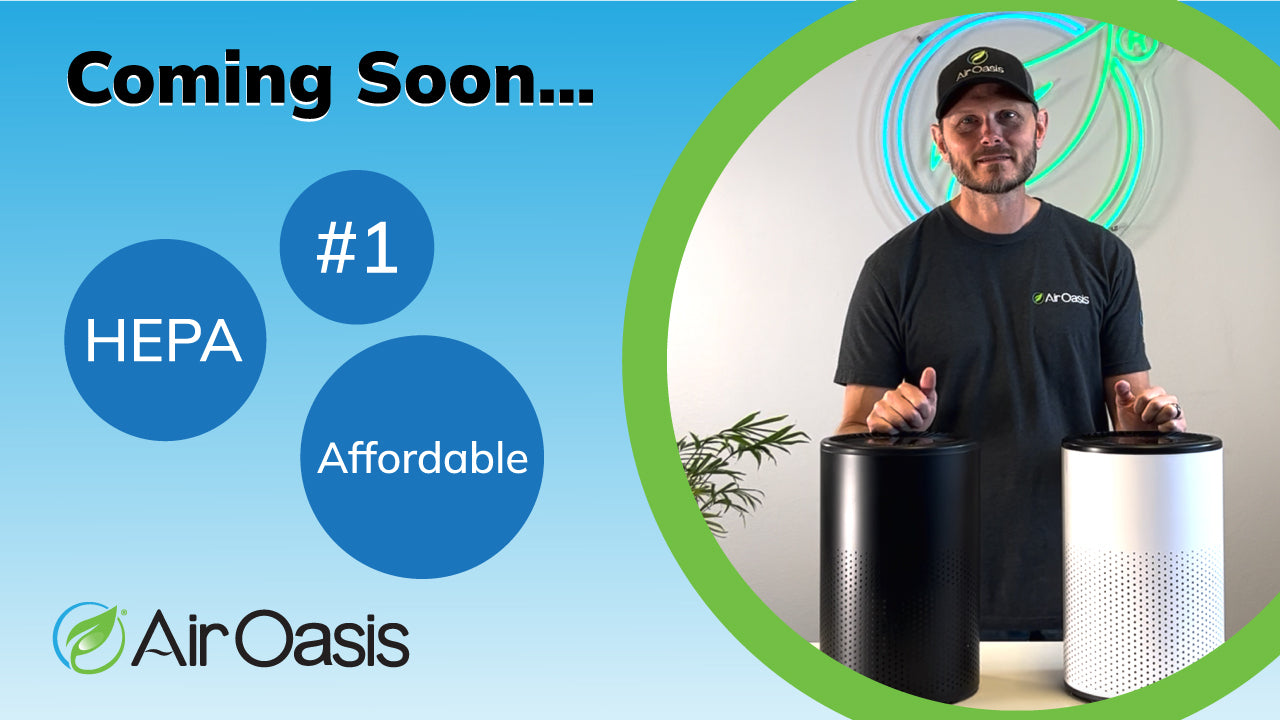As millions of Americans prepare to celebrate Independence Day with spectacular firework displays, a hidden health threat accompanies those brilliant bursts of patriotic color. While fireworks create magical moments and cherished memories, they also release significant quantities of particulate matter and toxic compounds directly into the air we breathe, often creating pollution levels that exceed safe health standards for hours or even days after celebrations end.
The Michigan Department of Environment, Great Lakes, and Energy's air monitoring network consistently documents dramatic spikes in particulate pollution during Fourth of July celebrations, with pollution levels that can reach unhealthy or even hazardous categories in areas with extensive firework displays. For health-conscious individuals committed to optimization, understanding these pollution impacts becomes essential for protecting wellness goals during what should be joyful celebrations with family and friends.
The Hidden Chemistry of Firework Pollution
Fireworks contain complex chemical mixtures designed to create spectacular visual effects, but these same compounds release significant air pollutants when ignited. The basic composition includes black powder—a mixture of sulfur, charcoal, and potassium nitrate—that propels fireworks into the air and creates explosive effects, along with various colorants and metals that produce specific colors and visual effects.
When fireworks detonate, they release two primary categories of air pollutants that pose health risks: particulate matter (PM) in various sizes and volatile organic compounds (VOCs) created through chemical combustion reactions. The particulate matter ranges from relatively large PM10 particles (2.5-10 microns) down to ultrafine particles smaller than 0.3 microns that can penetrate deep into lung tissue and enter the bloodstream.
The metal compounds used to create specific colors—copper for blue, strontium for red, barium for green—add another layer of toxicity to firework emissions. These heavy metals can accumulate in lung tissue and trigger immune system responses that affect overall health and wellness outcomes.
Measuring the Air Quality Impact
Michigan's air monitoring network provides clear evidence of fireworks' pollution impact, with PM concentrations often spiking to levels much higher than normal in the hours immediately following Fourth of July celebrations. The state's MiAir app and EPA's AirNow website communicate this data using the Air Quality Index (AQI), which translates complex pollution measurements into understandable health risk categories.
During major firework displays, AQI readings can jump from "Good" (0-50) to "Unhealthy" (151-200) or even "Very Unhealthy" (201-300) within hours, creating air quality conditions that health authorities normally associate with industrial accidents or severe wildfire smoke events. These dramatic spikes demonstrate how quickly celebratory activities can transform local air quality from safe to dangerous.
The timing of pollution spikes creates particular challenges for health protection. Peak firework activity typically occurs during evening hours when families gather outdoors, followed by pollution concentrations that can persist through the night and into the following day. This means that even individuals who avoid direct exposure to firework displays may encounter elevated pollution levels for extended periods.
Real-time monitoring reveals that pollution levels can vary dramatically across relatively small geographic areas, depending on wind patterns, the intensity of local firework displays, and topographical features that can trap polluted air.
Health Impacts Beyond the Spectacle
The health effects of firework pollution extend far beyond obvious respiratory symptoms, affecting cardiovascular function, cognitive performance, and immune system efficiency in ways that can persist long after celebrations end. The inflammatory burden from breathing particulate matter and toxic compounds can trigger responses that affect every aspect of health optimization.
For individuals with existing respiratory conditions like asthma or COPD, firework pollution can trigger acute episodes that require medical intervention. However, even healthy individuals experience measurable decreases in lung function, increases in blood pressure, and inflammatory marker elevations when exposed to high concentrations of firework pollution.
The ultrafine particles released by fireworks are particularly concerning because they can cross the blood-brain barrier and potentially affect neurological function. Research suggests that exposure to fine particulate matter can impair cognitive performance, disrupt sleep patterns, and trigger inflammatory responses in brain tissue that may contribute to long-term neurological health risks.
Children and elderly individuals face heightened risks from firework pollution exposure due to developing or compromised respiratory systems that are less able to filter and process airborne contaminants. Pregnant women may also face increased risks, as fine particles can cross placental barriers and potentially affect fetal development.
Geographic and Timing Considerations
The air quality impact of fireworks varies significantly based on geographic factors, weather conditions, and the scale of local celebrations. Urban areas with dense populations and frequent firework displays typically experience more severe and prolonged pollution episodes compared to rural areas with scattered celebrations.
Wind patterns play a crucial role in determining how firework pollution affects specific neighborhoods and communities. Calm atmospheric conditions can trap polluted air in local areas for extended periods, while strong winds may disperse pollution more quickly but can also transport contaminated air to areas far from original firework displays.
Temperature inversions, common during summer evenings, can create atmospheric conditions that trap firework pollution close to ground level where people breathe, intensifying exposure risks and extending the duration of unhealthy air quality conditions.
The iAdaptAir technology from Air Oasis provides crucial protection during these localized pollution events by continuously removing particulate matter and neutralizing toxic compounds before they can accumulate in indoor spaces where families spend time during and after celebrations.
Personal Protection Strategies
While firework displays represent cherished cultural traditions, protecting your health during these events requires proactive strategies that address both direct exposure and the extended pollution periods that follow celebrations. Traditional advice to "stay indoors during fireworks" provides limited protection because standard residential ventilation systems cannot filter the microscopic particles that pose the greatest health risks.
Comprehensive indoor air purification becomes essential during firework season, providing clean breathing environments that allow families to enjoy Independence Day celebrations while protecting their health from pollution exposure. Advanced filtration systems can maintain indoor air quality that measures significantly better than outdoor conditions during firework events.
Timing considerations also affect exposure risks. Since pollution levels often peak in the hours immediately following major firework displays, planning indoor activities during these periods can reduce exposure while still allowing participation in daytime Independence Day activities.
For families with sensitive individuals—children, elderly relatives, or those with respiratory conditions—creating clean indoor refuges becomes particularly important during community-wide celebrations that can affect air quality across large geographic areas.
Balancing Celebration and Health
Understanding firework pollution impacts doesn't require abandoning Independence Day traditions, but it does suggest the importance of making informed decisions about exposure risks and protection strategies. By implementing comprehensive indoor air purification, families can enjoy holiday celebrations while maintaining the clean breathing environments that support optimal health.
The key insight from firework air quality research is that short-term pollution events can have lasting health impacts, particularly for individuals committed to wellness optimization who work hard to minimize inflammatory exposures throughout the year. Protecting against firework pollution aligns with broader health goals while preserving the joy and tradition of Independence Day celebrations.
Your health optimization journey includes protecting against environmental threats that can undermine weeks or months of careful wellness efforts in a matter of hours. Rather than choosing between celebration and health protection, comprehensive air purification allows you to enjoy Independence Day traditions while maintaining the clean indoor environments that support your wellness goals. Shop Air Oasis today and ensure that your Fourth of July celebrations enhance rather than compromise your commitment to optimal health.

